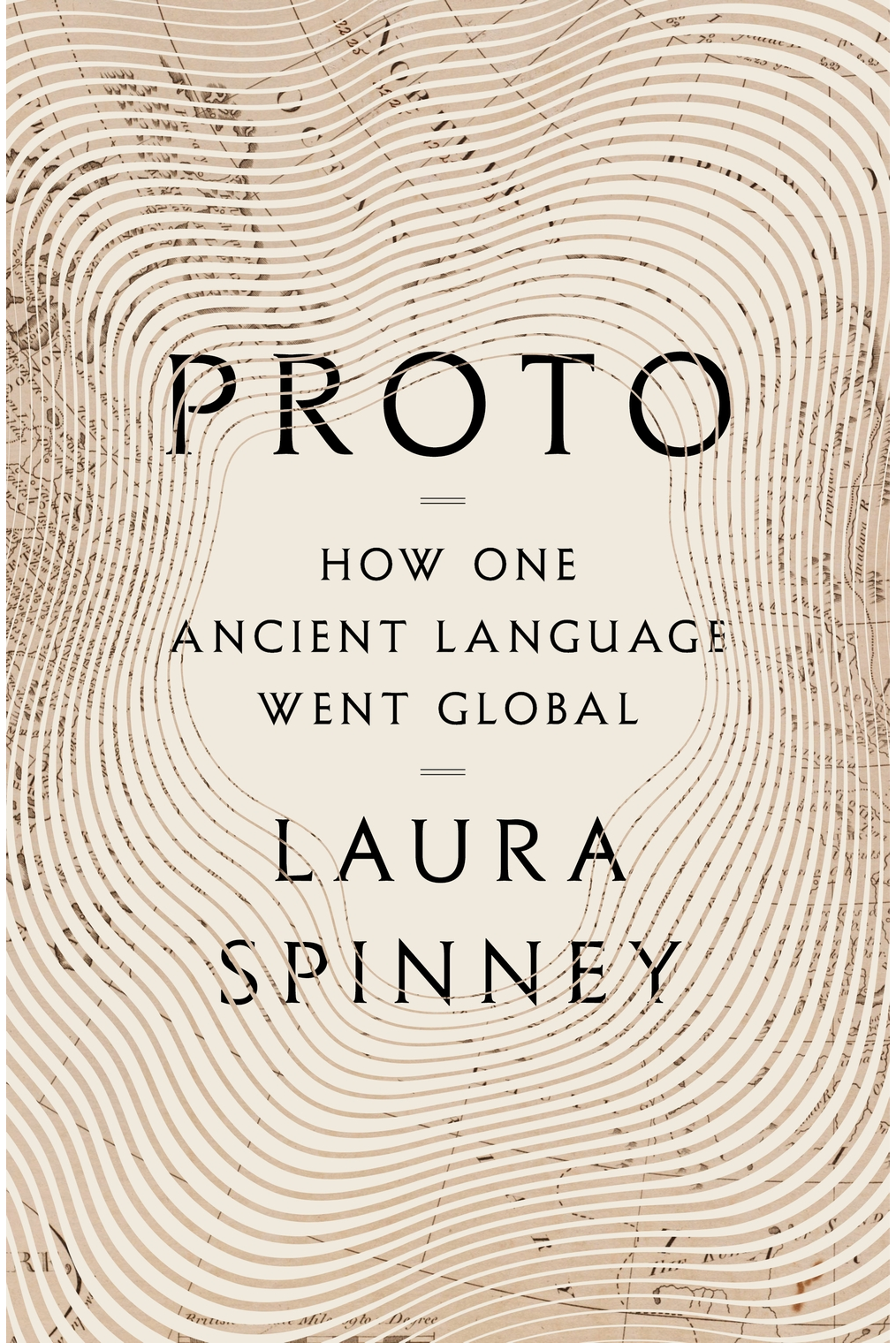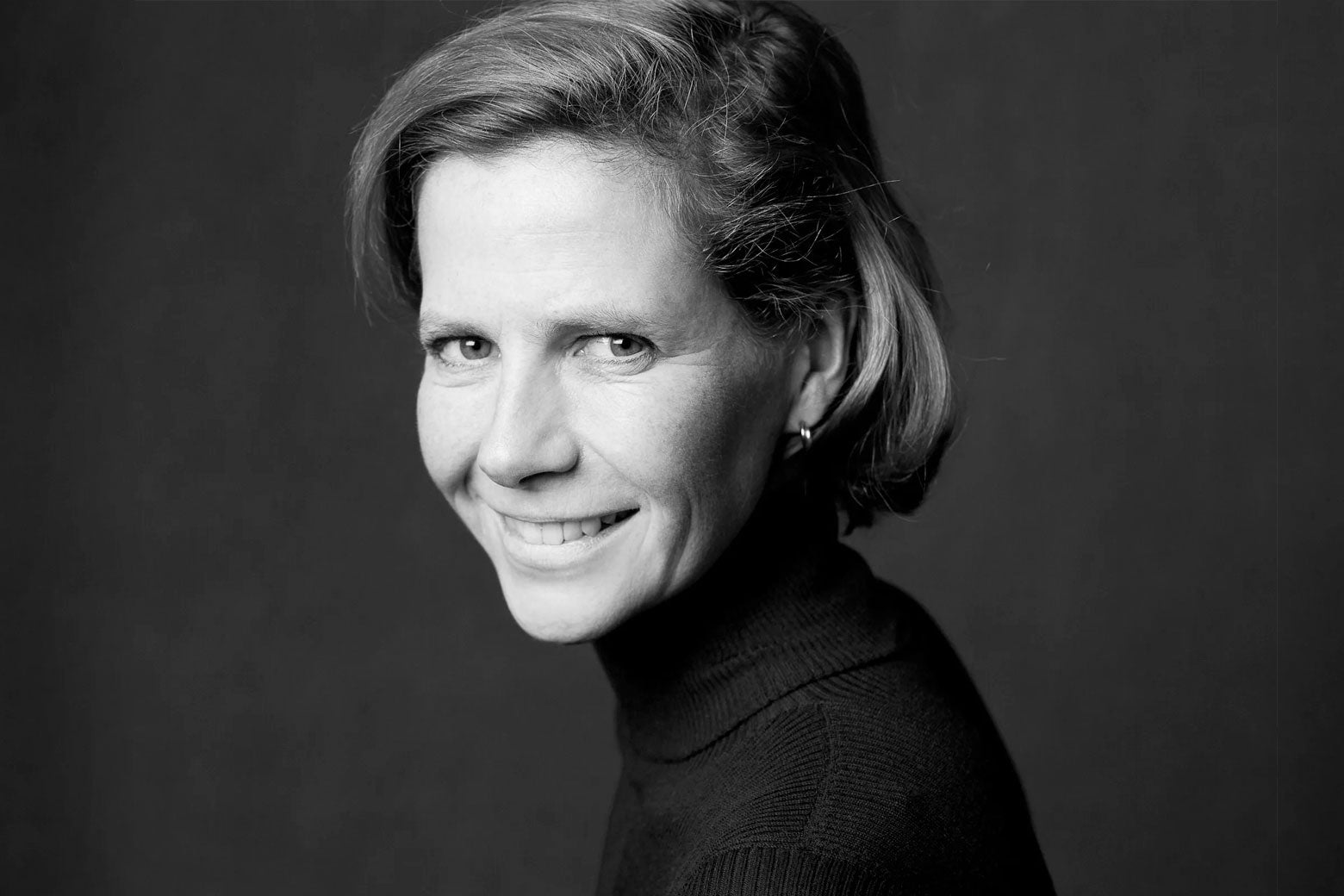How Mankind’s Greatest Invention Came to Be

The most successful version of the most powerful tool humanity has ever created was born in a place where war now rages. That tool is human language, without which we would never have achieved the social organization and transmission of knowledge that have made us masters of the planet. Although the tongue called Proto-Indo-European hasn’t been used in 4,000 years, about half Earth’s inhabitants speak its more than 400 descendant languages: English, the Romance languages of Europe, the Slavic and Baltic languages, the Celtic languages of Wales and Ireland, Armenian, Greek, and languages spoken in India, Pakistan, Afghanistan, and Iran. The explosion of Proto-Indo-European from its origins in Eastern Ukraine—the subject of science journalist Laura Spinney’s beguiling and revelatory new book, Proto: How One Ancient Language Went Global—is, according to Spinney, “easily the most important event of the last five millennia in the Old World.”
Multilingualism predominated in the ancient world, where you might need different tongues to chat with your neighbor, perform religious rituals, and trade with the metal workers upriver.
It’s astonishing how much we’ve discovered about these languages that have gone unspoken and unheard for millennia. In the past two decades, new DNA analysis technologies, combined with archaeological advances and linguistics, have solved many mysteries surrounding the spread of the Proto-Indo-European (or PIE). For example, Anatolian, a now-extinct group of languages, was once thought to be the earliest offshoot of PIE, the first instance in which a new language split off from the mother tongue. But in recent years, genealogical analysis of human remains from the period shows no genetic connection between the people who spoke the Anatolian languages and the Yamnaya, a people of the Pontic–Caspian steppe region north of the Black Sea—now considered the source of PIE. The presiding theory now is that Anatolian isn’t the daughter of PIE, but its sister, with both being the products of an even more ancient lingua obscura.
If this sounds a bit wonky, well, it is. Tracing the triumphant spread of PIE-derived languages from Central Asia through Europe and the Indian subcontinent, and even to one fascinating outpost in the ancient Far East, is a matter of comparing syllable sounds and consonant pronunciations and following them through a bewildering maze of obscure outposts in unfamiliar places inhabited by long-lost peoples. Fortunately, Spinney is a stylish and erudite writer; it’s the rare science book that quotes Keats, Seamus Heaney, and Ismail Kadare. She also has a keen sense of the romance of her subject. Her vivid scene-setting takes us from the vast, grassy steppes where the nomadic Yamnaya grazed the livestock whose meat and milk made them exceptionally tall and strong to the perplexing Tocharian culture on the western border of China—whose capital was regarded by the Chinese as filled with “heavy-drinking, decadent barbarians,” famed for its dancing girls and “the flock of a thousand peacocks upon which its nobles liked to feast.” This latter culture—and not Sanskrit, as was long thought—may even be the source for the English word “shaman.”

Slate receives a commission when you purchase items using the links on this page. Thank you for your support.
PIE itself is a reconstructed or “deduced” language, with no living speakers, although if you want to hear one adventurous man’s attempt to voice it, you can listen to a translation of the Lord’s Prayer on YouTube. The prayer is a good choice of text for this experiment because it doesn’t contain words for which the Yamnaya were unlikely to have counterparts or that linguists haven’t been able identify. The reconstructed lexicon of Proto-Indo-European has only about 1,600 words, and at its dawn the language may have been spoken by as few as 100 people—people who didn’t need words for such exotica as, for example, bees.

Spinney illuminates the way that languages reflect the material reality of the world in which they are spoken. “Hotspots of linguistic diversity,” she writes, “coincide with hotspots of biodiversity, because those regions can support a higher density of human groups speaking different languages.” These are the places where the speakers of different languages are most likely to borrow words from each other, leaving clues to their encounters for later generations of scholars. Historical linguists were able to map the epic trek of the Roma people from India to the West by the vocabulary they picked up along the way, such as words for honey and donkey taken from the Persians. After the Hittites conquered the Hattian people in central Anatolia, Hittite myth, according to Spinney, portrayed “the two peoples as equal partners” in the social order that followed. But while the Hittites borrowed some words from Hattian (a non-Indo-European tongue), over time, Hattian was more deeply transformed, moving from placing verbs at the beginning of a sentence to placing them at the end, as the Hittites did. This suggests, Spinney writes, “that the Hittites retained the upper hand.”
Genetic evidence has also revealed that while the Yamnaya did not venture all that far from the steppes where they domesticated horses and ate tulip bulbs, their more aggressive successors, the Corded Ware Culture (named for their distinctive style of pottery), carried the PIE languages all the way to the Atlantic Ocean. In much of Europe, this advance resulted in, as Spinney writes, “an almost complete replacement of the gene pool,” in particular the male chromosome. The Corded Ware men “had bred with local women and prevented local men from passing on their genes,” she explains; “Rape, murder, even genocide could not be ruled out.” However, a group of Danish scientists now believe that the replacement was not necessarily intentional—that plagues swept through Europe in the Late Neolithic period, diseases to which the newcomers from the steppes were resistant. In a related mystery, the population of Ireland is one of the few in Europe that has been genetically consistent since the Bronze Age, yet somehow Ireland also adopted (and still strives to preserve) Gaelic, its own Indo-European language. Usually genetic and linguistic change go hand in hand, but in this case, not.
Multilingualism predominated in the ancient world, where you might need different tongues to chat with your neighbor, perform religious rituals, and trade with the metal workers upriver. Monolingualism is a modern phenomenon, one Spinney links to the concept of the nation-state. Though in the 21st century humans move greater distances even more easily, languages seem to intermingle and influence one another much less than in ancient times. Spinney theorizes that “the desire to belong is as strong as ever, and as it becomes harder to see the difference between ‘them’ and ‘us’, linguistic and cultural boundaries are being guarded more jealously.”
The war currently ravaging the Yamnaya’s ancestral homeland, destroying irreplaceable archaeological treasures even as it takes many lives, is, Spinney asserts, “in part, a war over language—over where the russophone sphere begins and ends.” Putin himself has said as much. But Spinney points out that the people who spoke the primordial tongues from which Russian and Ukrainian both emerged would have regarded this project as bizarre. “Prehistoric people undoubtedly had identities as complex and multi-layered as ours,” Spinney writes, “but we can be sure that nowhere among the layers was the nation-state.” The more we learn about these ancestors, the more we bump up against what we don’t (and shouldn’t presume) to understand. They seem both close and far. Spinney describes the work of Gabriel Léger, a French artist who has restored the polish to old bronze mirrors from Greece and Rome so that they can once more reflect the faces they’re held up to. “We know that ancient people looked at themselves in mirrors,” she observes. “We don’t know what they saw.”
Slate




